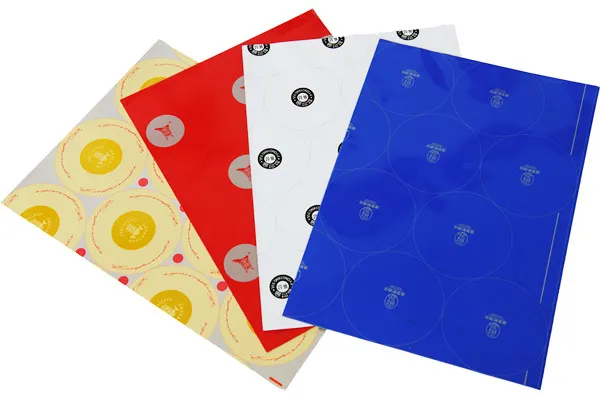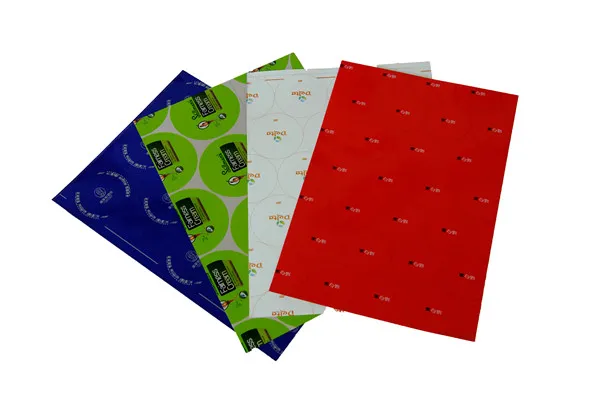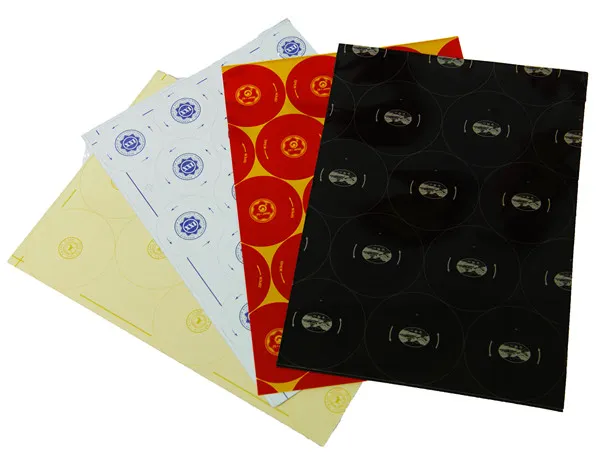2025-06-06 07:25:48
The lifespan of a printed aluminum sheet can vary significantly depending on several factors, including the printing process, the quality of materials used, and environmental conditions.The lifespan of a printed aluminum sheet can range from 3 years to over 100 years.

Dye-sublimation (most common for "metal prints"): This is often considered the most durable method for printing on aluminum. The dyes are infused into a special coating on the aluminum sheet using heat and pressure. This creates a highly scratch, water, and fade-resistant print. Dye-sublimated metal prints can last anywhere from 60 to 100 years without significant fading, with some studies showing them outlasting archival photographic prints by a factor of four. ChromaLuxe panels, a leading brand for dye-sublimation, are rated for 65+ years.
Direct Printing (UV printing): In this method, ink is printed directly onto the surface of the aluminum. While it can produce vibrant prints and allow for post-printing effects, direct printing is generally less durable than dye-sublimation. The inks are on the surface, making them more susceptible to scratching and fading over time.
They are often suitable for indoor and semi-outdoor applications.
Screen Printing: This process can offer good durability on metal, lasting up to 12-13 years in some cases.
Etching and Metalphoto: These are highly durable processes for metal nameplates and can last up to 30 years.
Aluminum Quality: High-quality aluminum (like aluminum alloys or composite panels like Dibond, which has two aluminum sheets with a plastic core) is less likely to degrade, warp, bend, or rust over time. Thicker aluminum boards are also more durable.
Protective Coatings/Laminates: Many printed aluminum sheets, especially dye-sublimated ones, have a protective top coat with UV-resistant qualities. This significantly slows down fading and provides resistance to scratches and moisture. Anti-graffiti laminates can further extend the life of outdoor prints.
Ink Quality: UV-resistant inks are crucial for longevity, especially if the print will be exposed to sunlight.

Direct Sunlight: Prolonged exposure to direct sunlight and its UV rays is the biggest enemy of printed materials, including aluminum prints. It can cause inks to fade and the metal to become brittle. While good quality prints with UV coatings will resist fading for a long time, avoiding direct sunlight will maximize their lifespan.
Moisture and Humidity: While aluminum is corrosion-resistant, excessive humidity or direct contact with moisture can still impact the print, especially if the protective oxide layer is compromised. High humidity, saltwater exposure, and certain chemicals can accelerate deterioration.
Extreme Temperatures: Prolonged exposure to extreme heat or cold can cause expansion, contraction, or distortion of the material, reducing its lifespan.
Pollutants: Exposure to pollutants can also contribute to degradation.
Proper Handling: Handling prints by the edges to avoid touching the surface, and avoiding stacking them can prevent scratches and dents.
Regular Cleaning: Regular dusting is usually sufficient. For more stubborn dirt, a non-abrasive damp cloth and mild detergent can be used. Avoid harsh cleaning products or solvents.

A well-made printed aluminum sheet, especially using dye-sublimation with quality materials and a protective coating, can easily last decades (60-100 years) indoors under optimal conditions. For outdoor applications, the lifespan will generally be shorter, but still very good, with some composite panels like Dibond rated for 5-10 years or more outdoors and specialized "photo metal" certified for 20+ years outdoor applications.
To maximize the longevity of your printed aluminum sheet, prioritize:
Dye-sublimation printing.
High-quality aluminum and protective coatings.
Displaying it away from direct sunlight and excessive moisture.
Proper handling and regular, gentle cleaning.